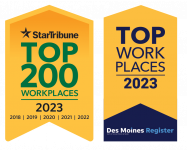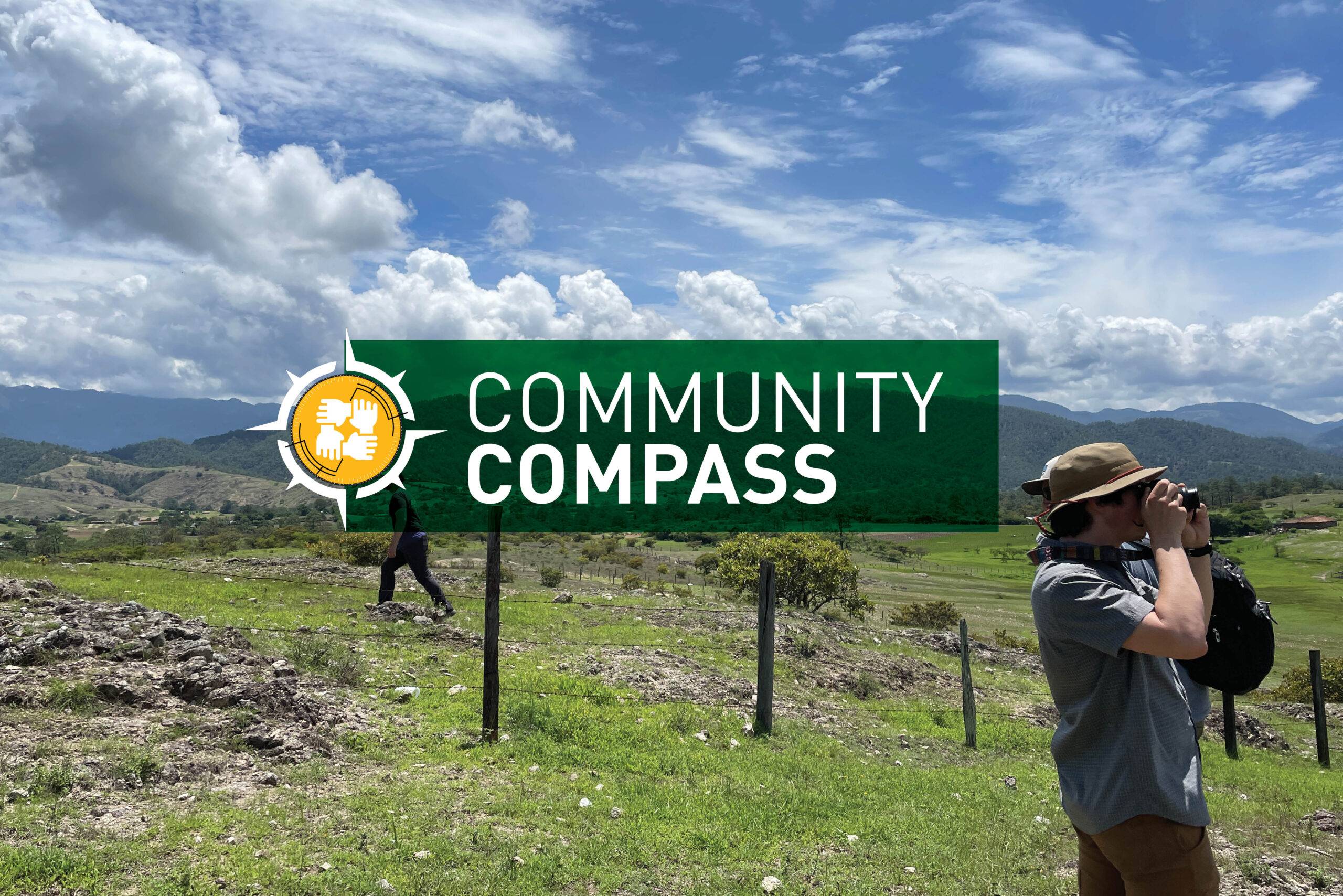
Engineering Across the Border: From Guatemala to Home with EWB Projects
“My biggest regret is that I never traveled abroad during college.” Isn’t that the sage advice nearly all adults give to the bright-eyed and bushy-tailed college freshmen? Even if your ‘moment’ has passed, it’s never too late to travel abroad by getting involved in volunteering in your backyard or across the globe.
Volunteers’ College Experiences with Engineers Without Borders (EWB)
Once school is out, the abundance of volunteer opportunities seems to come to a halt. Without student organizations and fairs recruiting you to ‘join the club’, it might be less obvious to know where to start. For any engineers out there (lucky you), it looks like a no brainer to join Engineers Without Borders (EWB), an international organization dedicated to partnering volunteers with underserved communities to build a more sustainable world. Mitch Hoeft, Principal Engineer, spearheaded Bolton & Menk joining forces with EWB’s Minnesota professional chapter. Hoeft helped build a solid volunteer foundation in support of their mission, by leaning on some unforgettable EWB college experiences from Bolton & Menk employees.
Growing up, Derek Benoy, now a Water Resources Project Engineer, was always surrounded by friends and family that were involved with different volunteer organizations. He enjoyed spending time with them, while also making a difference in the community. During college, Benoy stumbled upon EWB during the student organization fair and immediately knew that it was something he wanted to help with. “It really hits home when you learn how many people in the world are living without the basic food, water, and shelter needs that we take for granted living in the United States,” said Benoy.
During his senior year, he traveled to Panama for two weeks as a part of a senior design project. “The world perspective gained during those two weeks was something I think everyone should experience during their lifetime. It was a huge motivator to continue to help at the local and global level,” he explained.
Dominic DiVita, Water Resources Design Engineer, joined the University of Minnesota’s EWB student chapter in his sophomore year of college. He first helped design a drip irrigation system in Ethiopia, then worked on a rainwater project, sparking his interest in local Minnesota projects, which continued his interest and involvement with EWB beyond his college years.
Once Minnesota’s EWB professional chapter was off the ground and running, an opportunity of a lifetime arose for three Bolton & Menk volunteers to travel to Guatemala, so they jumped at the chance.
The Santa Elena, Guatemala Project
Dominic DiVita, Bob Meurer, and Garrett Bartelt joined EWB’s group of volunteers in Santa Elena, Guatemala to provide the community with a consistent source of clean water. Santa Elena currently shares a poorly functioning water system with two other communities. Santa Elena has faced numerous infrastructure challenges as the community is a rural farming town in the mountains. To bring clean water to Santa Elena, EWB’s engineering volunteers will design and construct a water distribution system that takes water from a newly built well, pumps it to a storage tank, then routes the water through a network of pipes to every household for daily use. Since the community currently has no functional clean water system in place, residents may travel a significant distance to collect water for daily use.
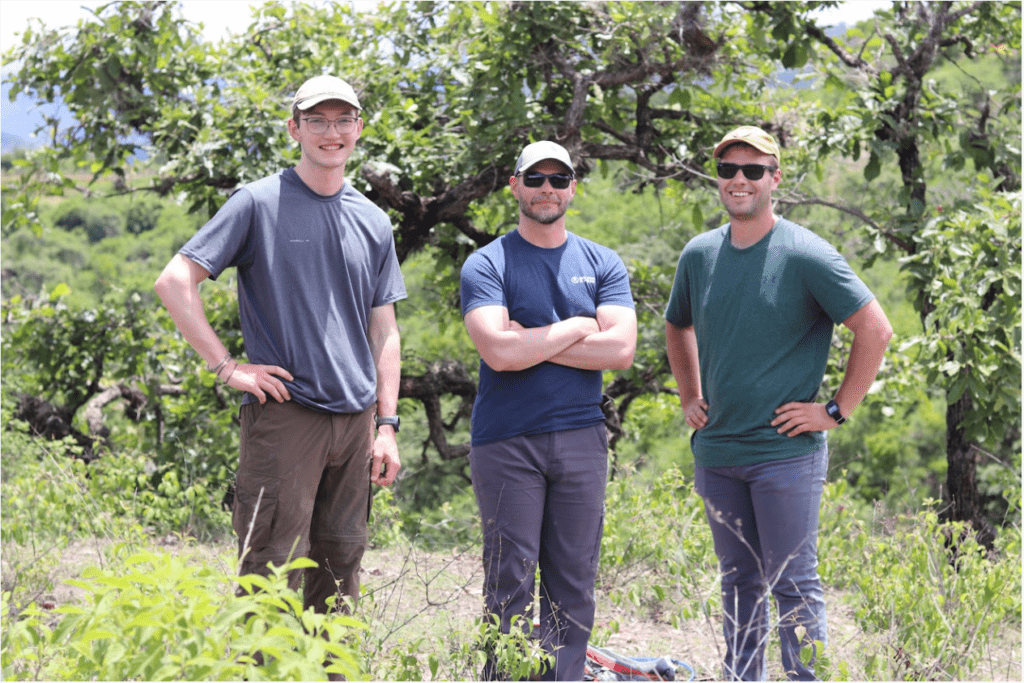
The Assessment Trip for EWB
For EWB projects, the process for each trip usually consists of an assessment trip, a construction trip, and a monitoring trip. The assessment trip is the first time EWB volunteers visit the community to understand the issues and challenges, determine the community’s project goals, and collect the vital information needed to design the project back in the United States. “Much of the planning for the assessment trip began before we even boarded the plane,” explained DiVita. Planning included figuring out the travel logistics, determining what equipment was needed, and developing a health and safety plan.
During the initial assessment trip, the three Bolton & Menk engineers flew into Guatemala City with engineering tools — drones for site surveying, traditional GPS for benchmarks, and iPads to collect information from resident surveys. Five days were spent surveying the land and interviewing community members about household water use. All geographical information was collected and consolidated into Geographic Information Systems (GIS), where a GIS specialist then processed the photos into a map, creating the elevation data needed to design the water system.
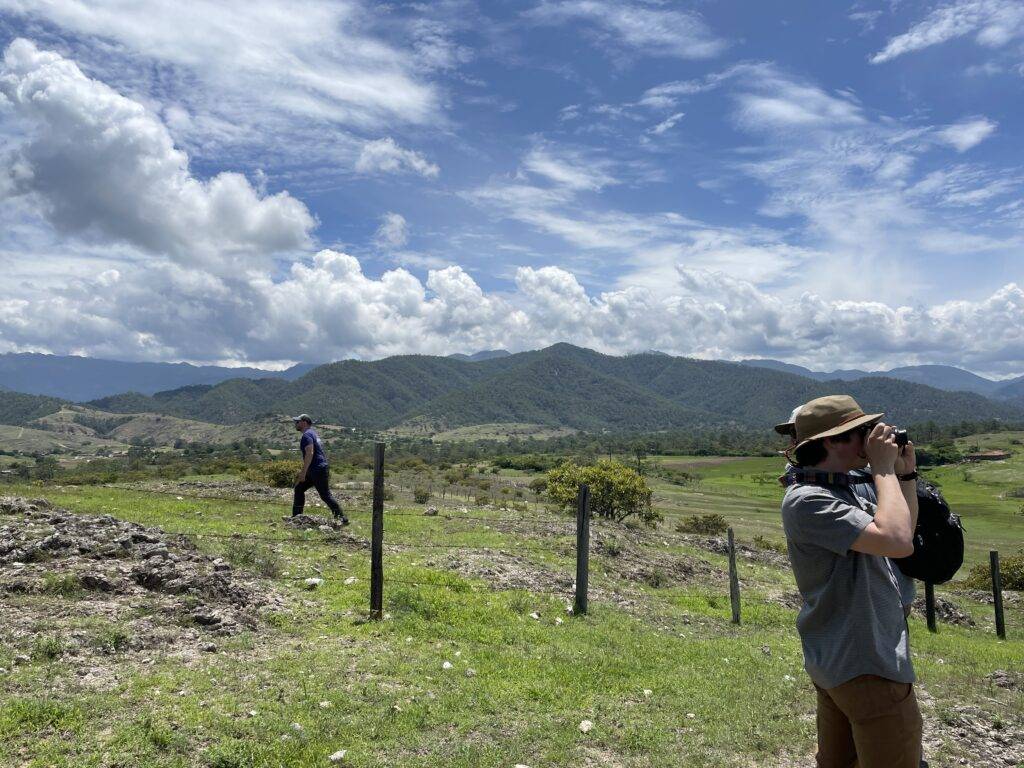
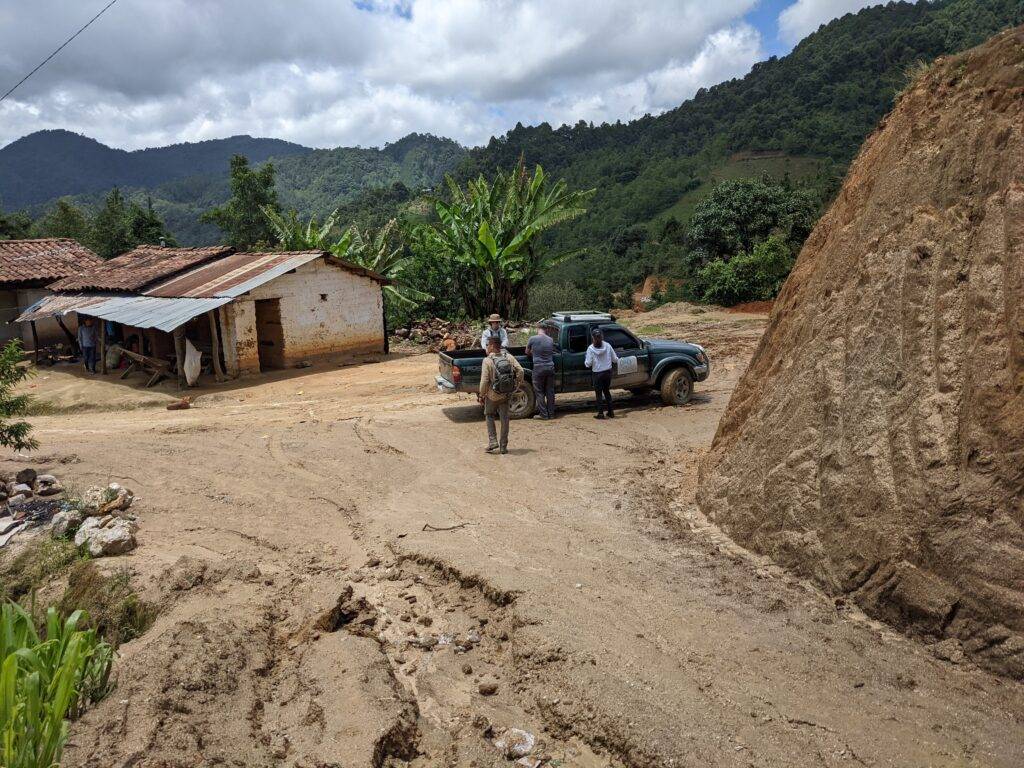
Overcoming Communication Challenges in Guatemala
Communication can often pose the greatest challenge to a project. This project was no different as there was a language barrier on top of coordination needs. Community members of Santa Elena had a basic understanding of the project to identify their water needs prior to the engineers arriving on site. “While there was a language barrier, many of our team members had varying levels of Spanish skills which proved useful during community survey. Physically being in the community proved useful to get our questions answered efficiently,” DiVita said.
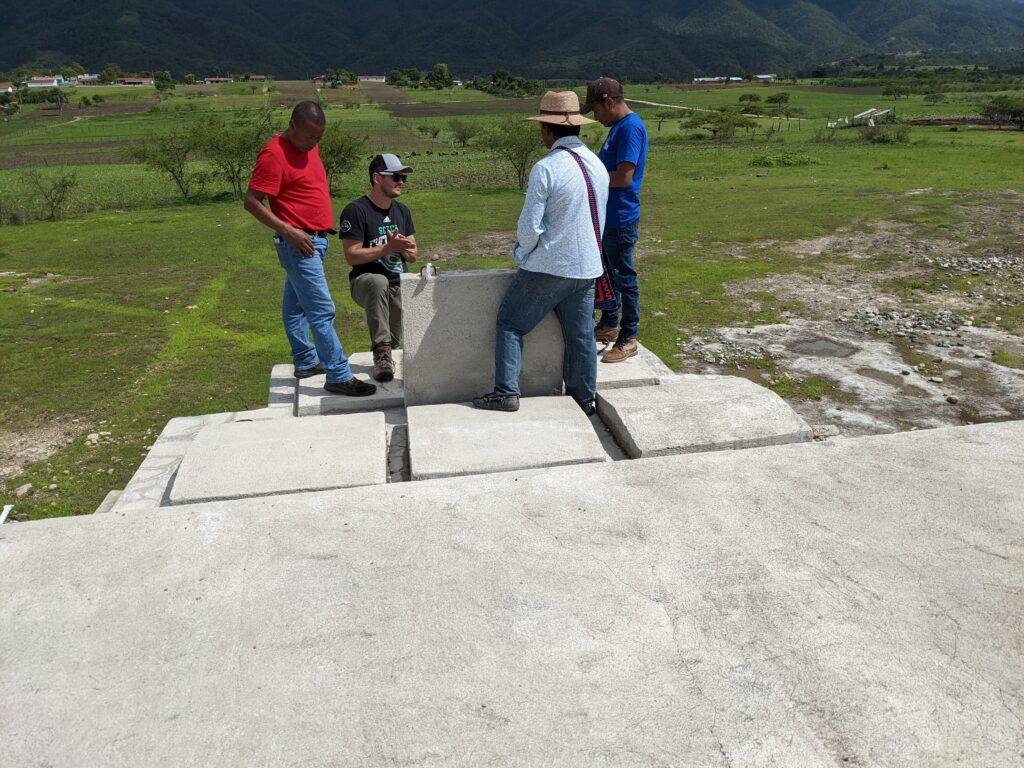
An EWB in-country office assisted with logistics of the trip such as transportation and lodging, as well as translation. Two translators were hired to accompany the volunteer group during their time abroad to bridge the language barrier and ensure resident concerns were heard. Community questionnaires were adjusted once volunteers started conversing with residents—yes or no questions were asked to gather concise information which couldn’t get misinterpreted.
Bob Meurer, Project Engineer, explained how “it was extremely rewarding interacting with the community members and feeling their enthusiasm for our work on the project. They couldn’t wait to invite us into each of their homes to interview them with the goal of determining their water needs. Obviously, they have very different needs than we do at home, so we had to tailor our questions accordingly.”
The Spanish version of Lindsey the GIS Professional, one of the translated books from Bolton & Menk’s children’s book series, was shared with the Santa Elena community. These books explain complicated engineering processes in ways kids, and even adults unfamiliar with engineering, can understand. Lindsey the GIS Professional was a great way to explain why there was a drone flying the area to collect data. Meurer mentioned that “after reading the books, children were sometimes explaining to their parents what we were doing.”
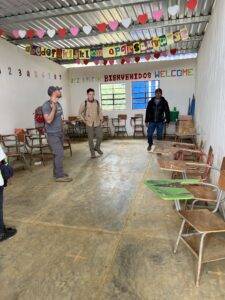
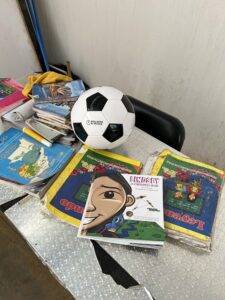
Hospitality Across the Globe
Traveling into the community was no small feat. Because of the rugged mountain terrain, each day the group drove about an hour each way to and from the community, which was only 5 miles. Garrett Bartelt, Environmental Design Engineer, explained: “I left Guatemala with such a higher appreciation for modern infrastructure.”
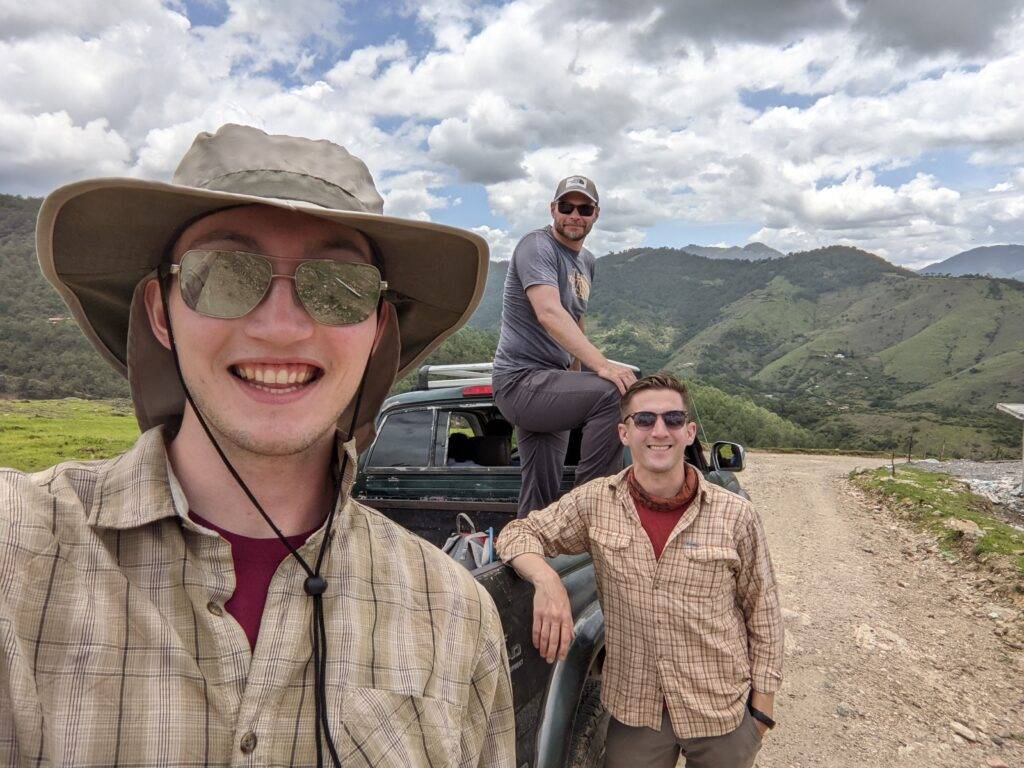
The group stayed at a hotel in a nearby city, which was owned by a local family. Meurer described how “the husband and wife would cook breakfast and dinner for us as an added amenity. After staying at the hotel a few nights, we began to befriend them. They eventually invited us to play soccer with their friends and many other community members in some of their local teams a couple times in the evenings. Everyone was so nice and inviting. The depth of community we felt internationally was incredible to see — those people really do rely on each other to live their lives. The sense of community is real there.”
Returning Home and Getting to Work
Once the volunteers returned to the states, it was time to get to work. Two Bolton & Menk employees, Derek Benoy and Peter Thompson, who worked on the Guatemala project from home, started collaborating with the whole group to execute the multiple project design components, including the storage tank design, pump design, distribution network layout, plan production, material quantities, and cost estimates.
The groups both attended weekly or bi-weekly meetings to discuss the project and potential future trips. Benoy helped develop a water distribution model using a free Environmental Protection Agency (EPA) software. Since the software is free and open source, the locals and engineers can both have access to the model. Benoy said, “I’ve been able to use my knowledge of hydraulics to help model the distribution system to ensure the system operates correctly, so that we can get water to all the homes in the community.”
Peter Thompson, Environmental Design Engineer, who focused on preliminary cost estimates and reviewing the water distribution system, emphasized that “being a part of this project both helps the community of Santa Elena and brings out a greater appreciation for the many blessings we have in our own lives.”
With the water distribution system being in the design phase, the project’s construction trip is planned for summer 2023.
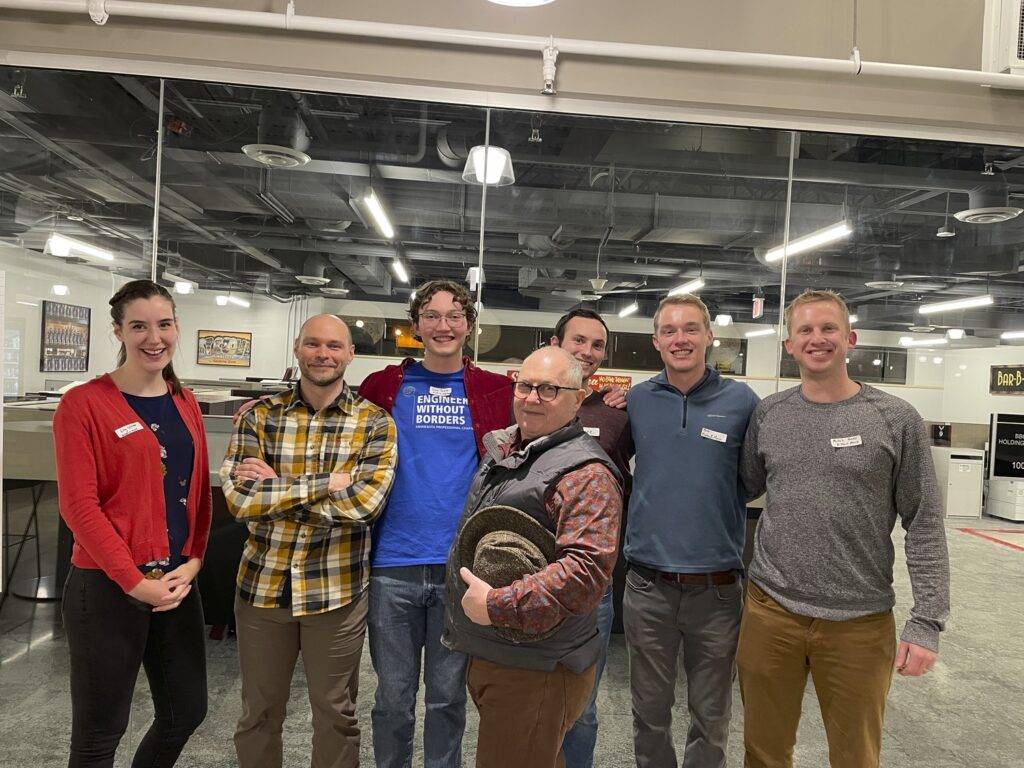
Staying Involved in Local Projects
Some of you may be thinking, ‘this is great, but I just don’t have the time or capacity to travel abroad.’ Let’s not forget the importance of local projects in your backyard. Rich Revering, Senior Project Manager, supports EWB’s projects at the local level. Revering found interest in solving problems through volunteering while becoming more involved in his community.
One project is a museum/farm run by a county historical society wanting to provide handicap accessible ramps to three restored farm buildings that are more than a century old. The ramps need to comply with the Americans with Disabilities Act (ADA), but the design cannot degrade the structures or detract from their historical significance. Appropriate materials and construction techniques need to be applied to create safe, sustainable, and beautiful access areas.
It’s important to stay involved in all corners of life through volunteering, internationally or down the street. Revering references Benjamin Franklin when he explained that an ounce of prevention is worth a pound of cure: “Investment in improving the lives of others reduces disease, poverty, crime, and economic migration – none of which care about borders.”
Looking Out for Each Other
Whether a local community or across the globe, “at the end of the day, we are all humans” said Benoy. “I think it’s important to look out for each other whether it’s your neighbor, or those that live thousands of miles away. Those that are born into difficult situations deserve to have the same basic rights as everyone else and I think it’s all our responsibilities to try and make a difference for those people.”
CTA: Interested in volunteering with Engineers Without Borders? Find opportunities here! Volunteer – Engineers Without Borders USA (ewb-usa.org)
Bios:
Bob Meurer
Bob Meurer is a project engineer with Bolton & Menk who enjoys the practical problem-solving aspects of civil engineering and construction and using basic engineering concepts to develop creative and cost-effective solutions. His experience includes project management, contract administration, construction inspection, design drafting, estimating, surveying, and material testing. Bob said, “Civil engineering is a seemingly thankless job – it feels good to have a life-changing impact on people’s lives [through the Guatemala project].”
Derek Benoy
Derek Benoy is a water resources design engineer, starting his career at Bolton & Menk in 2016 as an intern and beginning full time in 2017. His primary responsibilities span the spectrum, from developing hydrologic and hydraulic modeling for preliminary project layouts to stormwater planning and prevention plans for a variety of civil engineering related construction projects. Derek mentioned “the one thing that did surprise me initially in a lot of the developing world was that many residents had access to internet and social media platforms like Facebook, but they didn’t have access to a reliable source of clean water.”
Dominic DiVita
An environmentally minded engineer, Dominic DiVita joined the Bolton & Menk team in 2021. Dominic is a water resources design engineer who is passionate about expanding his knowledge and experience in water quality, stormwater management, and restoration fields. Dominic said he “didn’t have the chance to travel with an EWB project in college, but being able to actually visit the partner community sounded like an amazing opportunity. Not to mention a chance to brush up on my Spanish skills.”
Garrett Bartelt
Garrett Bartelt is an environmental graduate engineer at Bolton & Menk whose career began in 2021. His responsibilities include assisting professional engineers in designing and maintaining water and wastewater treatment plants across the state of Minnesota and the Upper Midwest. He enjoys his work because he gets to combine his passion in environmentalism and chemistry every day. Garrett’s advice before traveling international is to “research the community you want to travel to prior to leaving — I learned about Guatemala’s history and culture before my trip and was glad I did. Also, get antibiotics prescribed as a precaution before traveling.”
Mitch Hoeft
Mitch Hoeft is a principal engineer who specializes in trenchless utility rehabilitation and municipal engineering services. He is involved in various organizations throughout the Upper Midwest and strives to establish connections within all aspects of public works. Connecting people and services is what drew him to engineering. Mitch said “EWB provides a great opportunity for engineers to give back in their career and help communities that are less fortunate than ours.”
Peter Thompson
Peter Thompson is an environmental design engineer whose professional career began with Bolton & Menk in 2021. With his wide skillset, he has worked on various reports and design projects, he has also performed construction observation for both water and wastewater projects. He said, “We live comfortable lives in the United States. We often take for granted things like access to drinking water.”
Rich Revering
Rich Revering began his engineering career in 1986 and serves as a project manager for municipal and private projects. This work includes planning, budgeting, design, construction, maintenance, and reconstruction of infrastructure with various funding sources. Rich is passionate about sorting through options to find the best solution and explaining why it was selected to decision-makers. For local projects,” Rich explains, “I enjoy that I’m able to use my combination of professional knowledge and skills gained through my DIY hobby to identify creative and practical approaches – how to do for a dollar what anybody could do for two dollars.”
